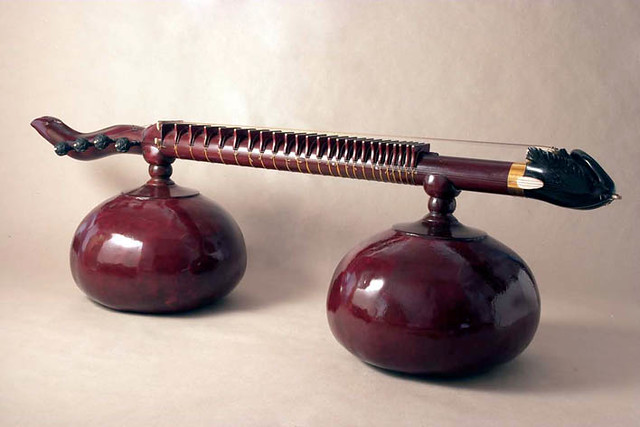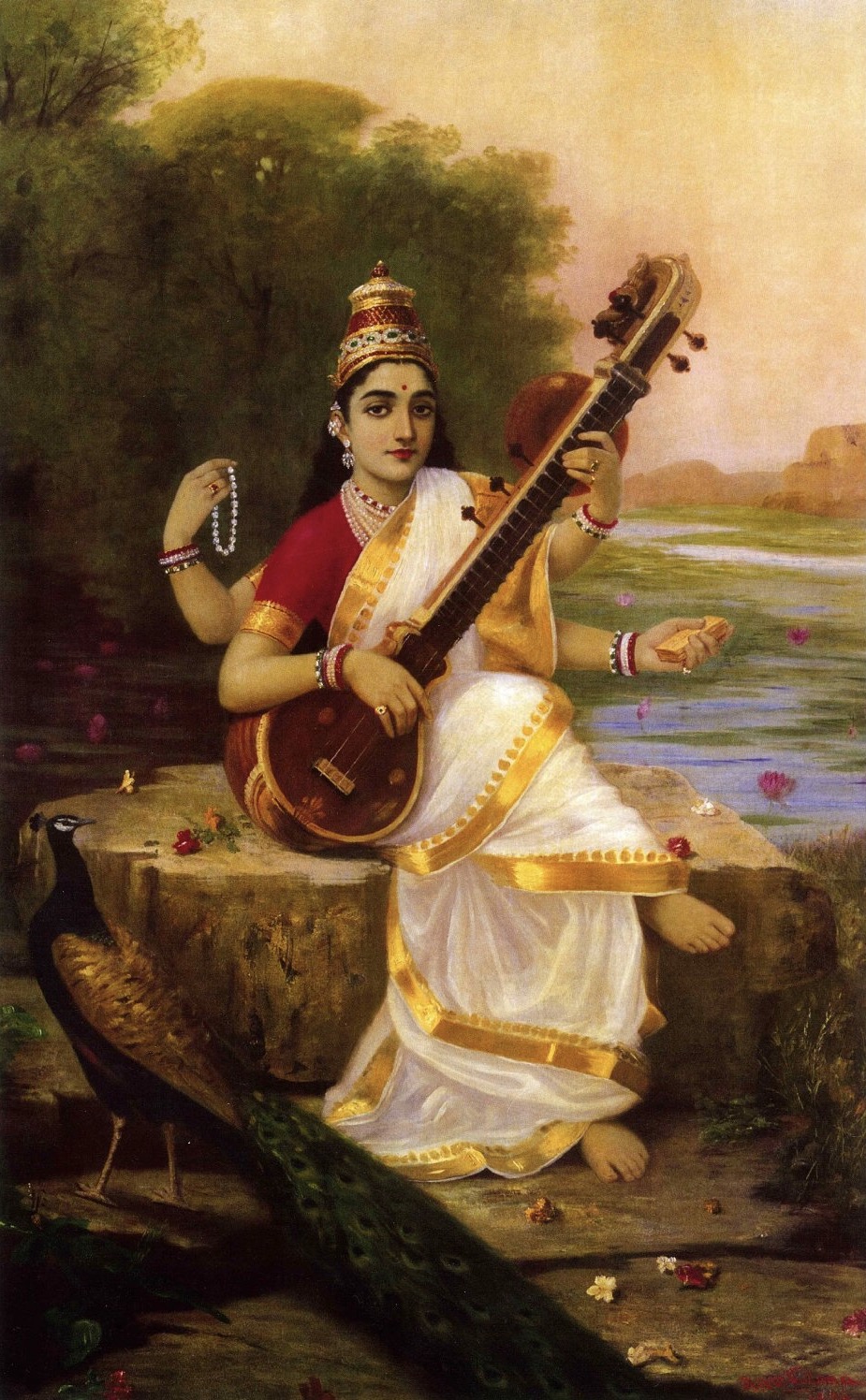Musical instruments are an important part of classical Carnatic music. Among them, Veena is a very important string instrument. It is a very ancient instrument, undergoing a minor transformation over the course of time. An inscription of a veena can be found on a sculpture dating back to the 1st century BC.

Music is sometimes addressed as rhythmic chaos. Free from discrimination, every music has its own flavor, tempo, and texture. It is a stress buster and acts as therapy. Listening to a live Carnatic musical performance is something akin to a life-altering experience.
Design of a Veena
Veena is a fretted string instrument belonging to the lute family. It is made using Jackwood. It has a round-shaped body along with a long neck. A Resonator is attached under the neck. This is used to tune the Veena for the perfect tone and melody. It can produce sound in the range of three octaves.
A veena has three melody strings and four drone strings. Vibrations from these strings produce melody provided the resonator is tuned properly. Strings run over the frets which are twenty-four in total. It is played by using fingers. Left-hand fingers are used to press and glide over the frets. Righthand fingers are used to pluck the strings.
It is difficult to learn Veena because you need the correct coordination between both the hands to produce music. The moment the positioning over frets is accurate, the right-hand fingers pluck the string to produce the desired sound.
Mythological Connections of Veena

There are many references in Hindu mythology where the Veena is mentioned. The Goddess of knowledge, Saraswati holds a veena in her hands sitting over a swan beside a peacock as described in the paintings of ancient artists.
Narada, commonly known as Triloka Sanchari, meaning Traveller of all the three worlds – Hell, Heaven and Earth, is versatile in playing the Veena. It is mentioned in Vedas that a versatile veena player with the knowledge of taala and shruthi attain divinity without efforts. Such a respectful and holy position is given to the Veena by our ancestors.
Veena has many varieties. Among these popular ones are Rudra Veena, Saraswati Veena, and Vichitra Veena. Rudra Veena is believed to be created by Lord Shiva. Rudra Veena is used in Hindustani music and Saraswati Veena is used in Carnatic music.
Gods Reside in Veena
Veena is such an auspicious musical instrument that the gods are said to reside in it. Shiva resides in the neck of the Veena and in the strings resides his consort Parvati. Laxmi and Brahma reside in the bridge and the second gourd respectively. The dragon head of the Veena is said to be the residence of Vishnu and the resonating body is Saraswati. The Veena is really an adobe of divinity.
Related Musical Instruments
In the string instruments family, there are many instruments that are similar to Veena like Sitar, Tamburi, etc. There are very minute differences between them and Veena. Often there has been a misunderstanding between Veena and sitar. There are a couple of differences between them.
Sitar
Sitar is a plucked string instrument and it also belongs to the lute family with banjo, bass guitar, and mandolin. It was a famous instrument among Mughal musicians.
Indian Classical music has two categories, Hindustani music, and Carnatic music. Sitar is mostly used for Hindustani music whereas Veena is extensively used in Carnatic music.
Tanpura
Tanpura is another similar string instrument. It is commonly used as a supporting instrument for a melody. Its main function is to provide a base pitch. But it does not have frets as in the case of veena.
Electric Veenas are also popular these days. They consist of a jack where an electric wire can be connected.
The Tradition of Vainiks
Carnatic music flourished in south India. There are many artists who are considered Veena maestros. These artists have devoted their lives to learning this instrument. For playing an instrument with such a rich history and popularity, the maestros are honored with a title called Pandit. They are known as Vainik – the one who plays the Veena.
Veena Subaana and Veena Sheshanna are considered legends vainik. They played the Veena in the Mysore state. L Subramanya Shastri and S Bala Chander are also famous. The tradition of Vainiks is passed from one generation to another.
There are a couple of Veena festivals namely Maargashira Veena Festival, Veena Navarathri, and Mudhra Veenotsav to celebrate this grand instrument.
